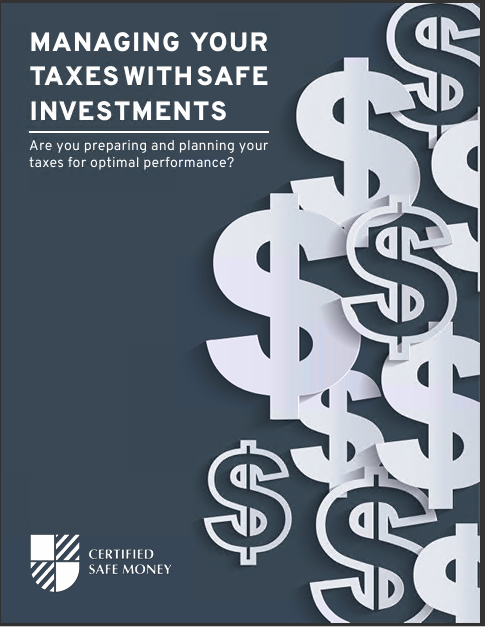Stable Investment Strategies: Core Principles for Safe Money Management
In an era marked by economic uncertainty and volatile markets, stable investment strategies have become more important than ever for those seeking to safeguard their wealth. Safe money management is about preserving capital while achieving steady, modest returns. This approach requires a careful balance between risk and reward, ensuring financial security without exposing your assets to unnecessary risks. Here, we explore the core principles behind stable investment strategies and how they contribute to effective safe money management.
Understanding Stable Investment Strategies
Stable investment strategies focus on minimizing risk while generating reliable returns over the long term. These strategies prioritize capital preservation, predictable income, and low volatility, making them ideal for conservative investors, retirees, and anyone looking to protect their financial future.
Core Principles of Stable Investment Strategies
1. Diversification
Diversification is the cornerstone of stable investment strategies. By spreading investments across various asset classes, sectors, and geographic regions, you reduce the impact of a poor-performing asset on your overall portfolio. This approach helps to smooth out returns and lower risk. For example, a diversified portfolio might include a mix of stocks, bonds, real estate, and cash equivalents.
2. Asset Allocation
Asset allocation involves distributing your investments among different asset categories based on your risk tolerance, financial goals, and investment horizon. A well-balanced asset allocation strategy ensures that your portfolio is aligned with your risk appetite and investment objectives. Typically, a conservative asset allocation might lean more heavily towards bonds and cash equivalents, while a more aggressive allocation might include a higher proportion of stocks.
3. Capital Preservation Techniques
Capital preservation is a key principle in safe money management. This involves choosing investments that protect the principal amount, even if it means accepting lower returns. Treasury securities, high-quality corporate bonds, and certificates of deposit (CDs) are common investments that focus on preserving capital. These instruments are less likely to fluctuate in value, providing a stable foundation for your portfolio.
4. Regular Rebalancing
Rebalancing is the process of realigning the weightings of your portfolio assets to maintain your desired asset allocation. This is essential for managing risk and ensuring that your portfolio remains aligned with your investment strategy. Regular rebalancing involves periodically selling assets that have performed well and buying more of those that have underperformed to restore the original allocation.
5. Low-Risk Investments
Low-risk investments are crucial for maintaining stability in your portfolio. These investments typically offer lower returns but come with reduced risk. Examples include government bonds, blue-chip stocks, and high-quality municipal bonds. These investments are generally less volatile and provide a reliable income stream, contributing to the overall stability of your portfolio.
6. Dividend-Paying Stocks
Investing in dividend-paying stocks can provide a steady income stream and reduce overall portfolio risk. Companies that pay regular dividends are often well-established and financially stable, making them a safer investment choice. Dividend-paying stocks can also offer potential for capital appreciation, providing a balanced approach to achieving stable returns.
7. Focus on Quality
Quality should be a primary consideration when selecting investments for a stable portfolio. High-quality investments, such as blue-chip stocks and investment-grade bonds, tend to be more resilient during market downturns and offer more predictable returns. Focusing on quality helps to minimize risk and enhance the stability of your portfolio.
8. Risk Management
Effective risk management involves identifying, assessing, and mitigating potential risks to your investments. This includes setting stop-loss orders, using hedging strategies, and maintaining adequate liquidity to cover unforeseen expenses. By proactively managing risk, you can protect your portfolio from significant losses and ensure long-term stability.
Implementing Stable Investment Strategies
1. Establish Clear Financial Goals
Before implementing any investment strategy, it is crucial to establish clear financial goals. Determine what you want to achieve with your investments, whether it’s generating income, preserving capital, or growing your wealth over time. Having clear goals will guide your investment decisions and help you choose appropriate strategies.
2. Assess Your Risk Tolerance
Understanding your risk tolerance is key to selecting the right investment strategy. Consider how much risk you are willing to take and how it aligns with your financial goals and investment horizon. If you have a low-risk tolerance, focus on more conservative investments that prioritize stability and capital preservation.
3. Create a Diversified Portfolio
Building a diversified portfolio is essential for managing risk and achieving stable returns. Allocate your investments across various asset classes, such as stocks, bonds, real estate, and cash equivalents. Within each asset class, diversify further by selecting investments from different sectors and geographic regions.
4. Monitor and Rebalance Regularly
Regularly monitoring your portfolio and rebalancing as needed is crucial for maintaining stability. Review your investments periodically to ensure they are performing as expected and make adjustments to your asset allocation to keep it aligned with your goals and risk tolerance.
5. Seek Professional Advice
Working with a financial advisor can provide valuable insights and guidance in implementing stable investment strategies. A professional can help you assess your risk tolerance, develop a diversified portfolio, and manage your investments effectively. They can also provide ongoing support and advice as your financial situation evolves.
6. Stay Informed
Keeping up with market trends and economic conditions is important for making informed investment decisions. Stay informed about developments that could impact your investments, and be prepared to adjust your strategy as needed. This proactive approach will help you navigate changing market conditions and maintain a stable portfolio.
Achieving Financial Security Through Stability
Stable investment strategies are essential for safe money management, particularly in uncertain economic times. By focusing on diversification, capital preservation, quality investments, and regular portfolio rebalancing, you can achieve steady, reliable returns while minimizing risk. Implementing these core principles requires careful planning, ongoing monitoring, and a clear understanding of your financial goals and risk tolerance. With the right approach, stable investment strategies can provide a solid foundation for long-term financial security, helping you protect and grow your wealth over time.










